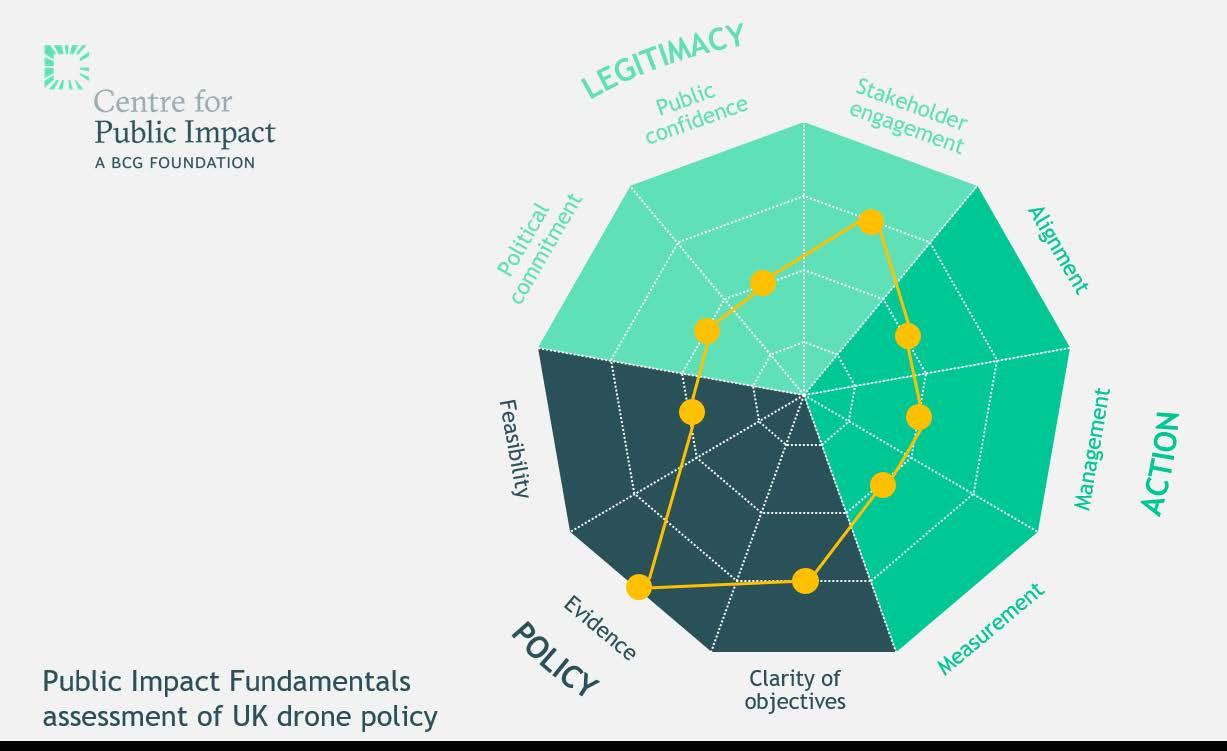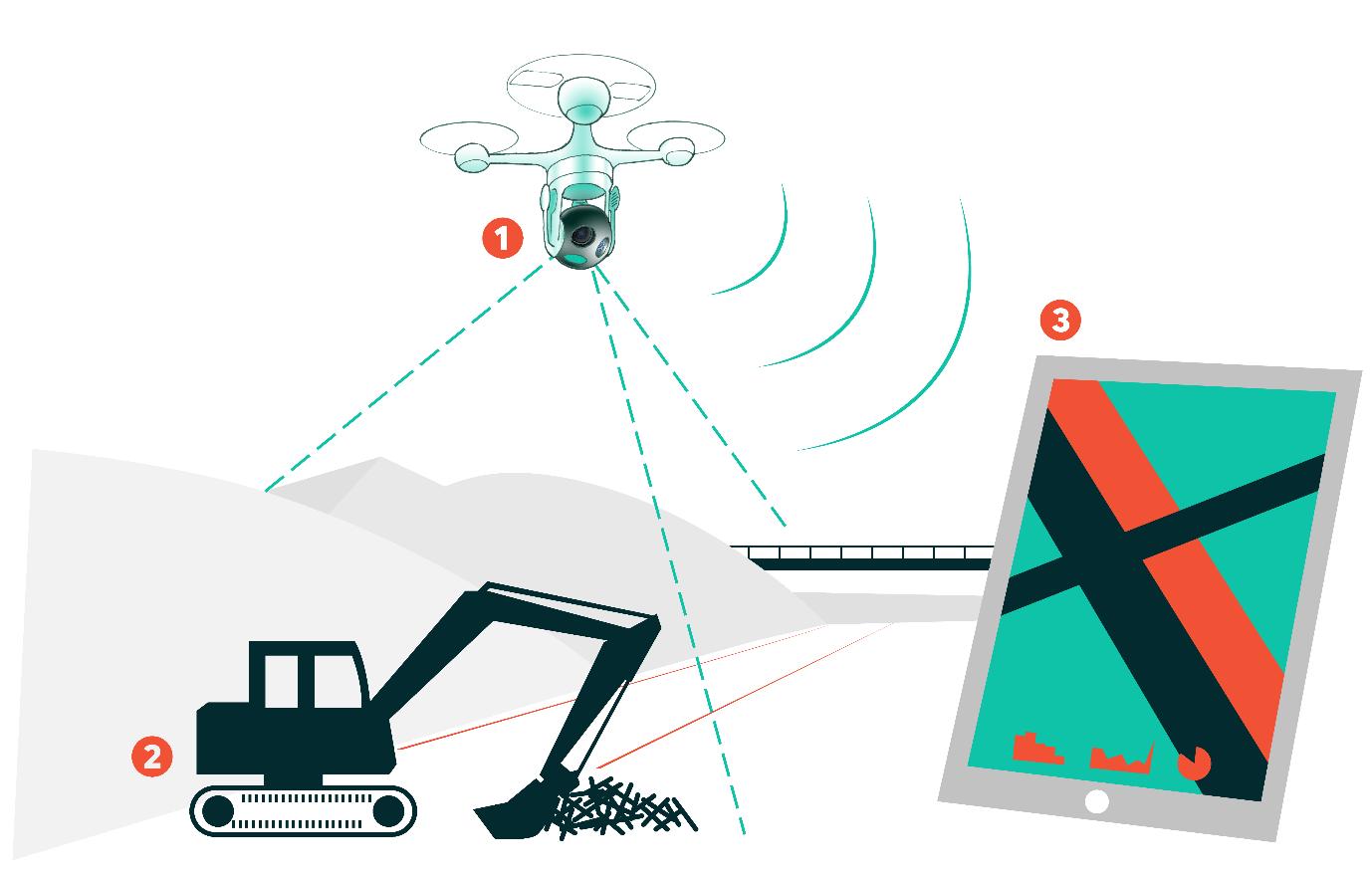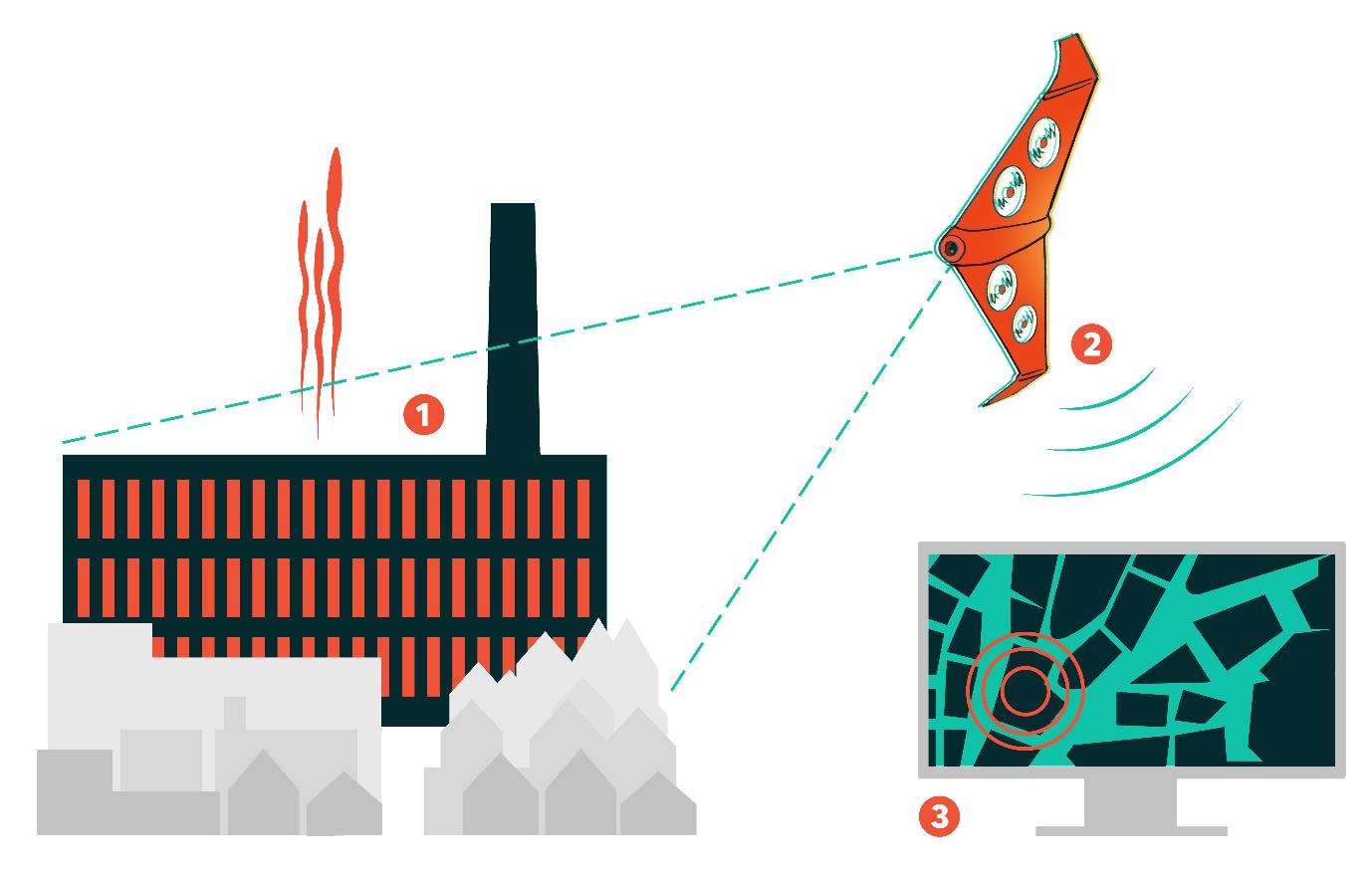
2 minute read
Medical delivery in London
Using drones to move urgent medical deliveries between London’s hospitals
• Study explores rapid transport of light medical deliveries between hospitals • Increased speed and reliability could cut costs and improve patient care • We find this use case technically feasible; economic feasibility of a small-scale service would be challenging but could be compelling at larger scale This use case focuses on a drone delivery network for carrying urgent medical products between NHS facilities, which would routinely carry products such as pathology samples, blood products and equipment over relatively short distances between hospitals in a network.
A (1) drone takes off from one hospital, (2) carries medical deliveries over a short route of up to a few miles, and (3) drops them off at another hospital.
London has 34 hospitals in relatively close proximity. Deliveries between hospitals are frequent, and in many cases, time sensitive, but traffic and the lack of major roads restricts this.
The key benefits to drone medical deliveries in London would be:
66
• Saving time by flying over the congested streets. • Saving money (if the service operates at large scale). • Making medical logistics more efficient by enabling deliveries which are not currently feasible. • Providing quicker test results to patients. • Reducing traffic on London’s roads. In order to better understand the feasibility of this use case, we have focused specifically on one possible connection in this network: the movement of pathology samples for postkidney transplant monitoring between Guy’s and St Thomas’ hospitals in South London. This aligns with NHS plans to consolidate pathology testing into networks of multiple hospitals.
Possible flight routes between Guy’s and St Thomas’ hospitals
There are some technical challenges that need to be solved, owing to the complex environment. Safe operation in a heavily built-up area with complex and restricted airspace would require extensive testing. It would also require more sophisticated communications systems than are presently in place, along with ways of better managing shared airspace, in particular helicopters which operate along the Thames.
To be feasible, regulations around operation in built-up areas, under heli-routes and over the Thames would need to either be relaxed, or a specific exemption for these operations would need to be granted.
The drone connection between Guy’s and St Thomas’ should be seen as a pilot or proof of concept. The economic benefits of this use case would only manifest themselves as part of a broader network carrying a wide range of medical deliveries in a broader network of hospitals.
However there are no insurmountable barriers to this use case being feasible.
67

Artist’s impression of a medical delivery drone at St Thomas’ hospital. Credit: ILYA (Background image by Tom Arthur, CC-BY-SA)
This is a summary of the full technical and economic analysis paper, which can be read in the appendices.
68









